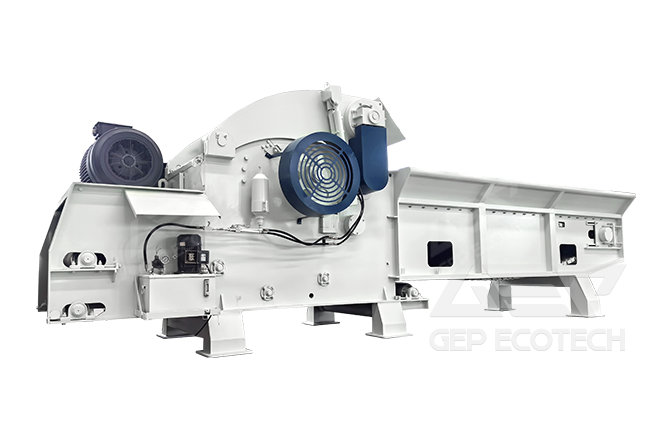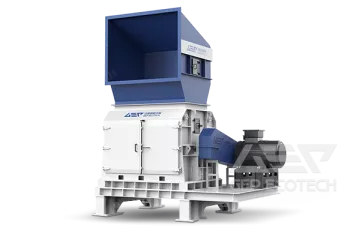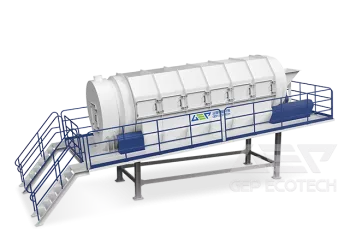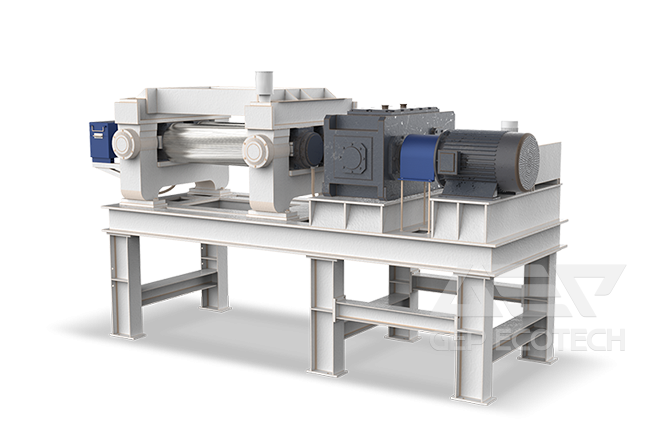RDF (Refuse-Derived Fuel) biomass shredders are crucial in transforming biomass waste into efficient fuel. This article covers their working principles, types, applications, and key selection considerations.
Working Principles
RDF biomass shredders reduce biomass waste into smaller pieces suitable for fuel production. The process involves:
- Feeding System: Biomass is fed into the shredder.
- Shredding Mechanism: Rotating blades cut and grind the material.
- Discharge System: Shredded biomass is screened to ensure uniform size.
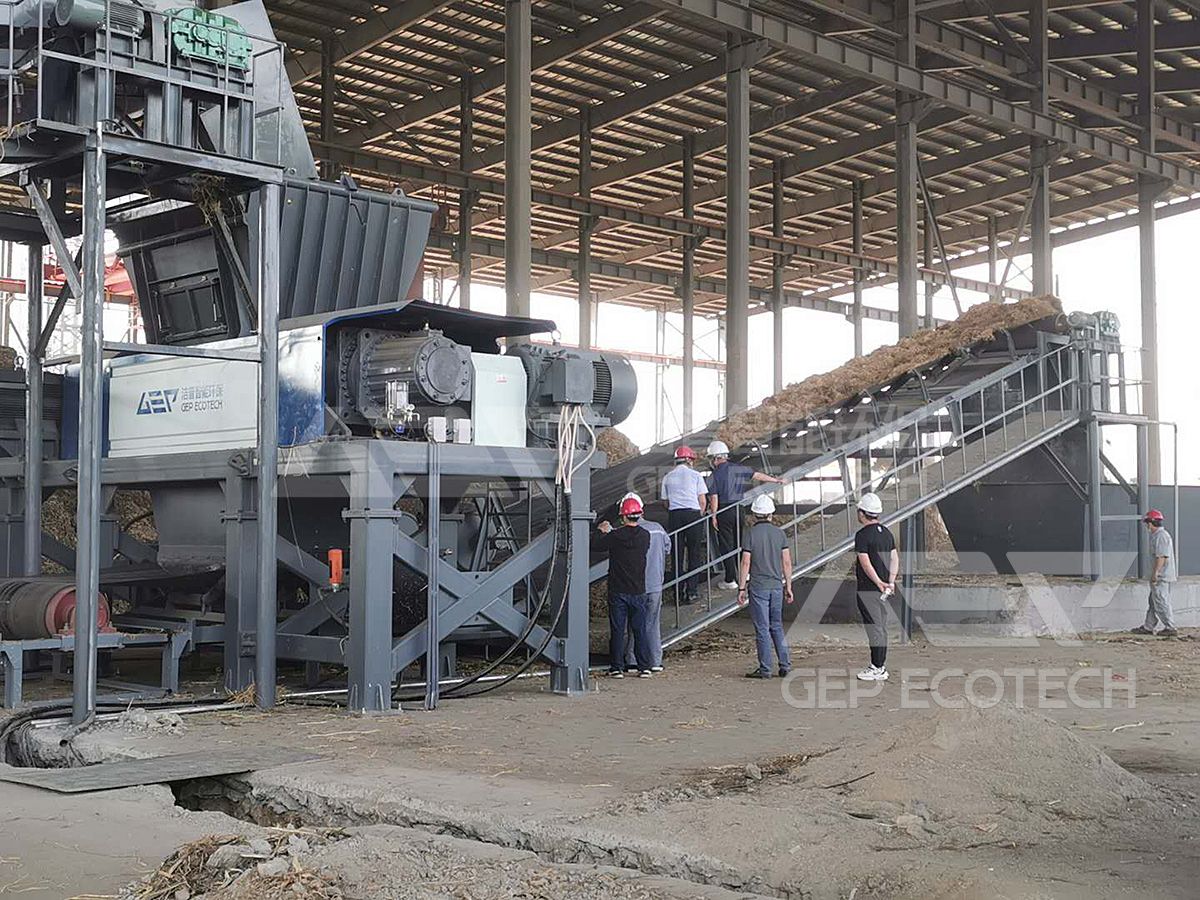
Types of RDF Biomass Shredders
- Pros: Precise cutting, versatile, easy maintenance.
- Cons: Lower throughput.
- Pros: High throughput, durable, efficient.
- Cons: Inconsistent particle size, higher energy use.
3. Drum Chippers
- Pros: Ideal for large logs and wood, high throughput, produces uniform chips.
- Cons: Limited to wood and similar materials.
Applications
- Waste Management Facilities: Processes municipal and agricultural waste.
- Energy Production Plants: Fuels biomass power plants and cement kilns.
- Industrial Manufacturing: Recycles biomass into new materials.
Key Selection Considerations
- Material Characteristics: Type, composition, and moisture content of biomass.
- Processing Capacity: Ensure the shredder meets throughput needs (e.g., 5000 kg/hr).
- Energy Efficiency: Evaluate power consumption and operational efficiency.
- Maintenance and Durability: High-quality, easy-to-maintain components.
- Safety Features: Includes emergency stops, protective covers, and regulatory compliance.
RDF biomass shredders are essential for efficient biomass waste processing and RDF production. Choosing the right shredder enhances operational efficiency and contributes to sustainability.


